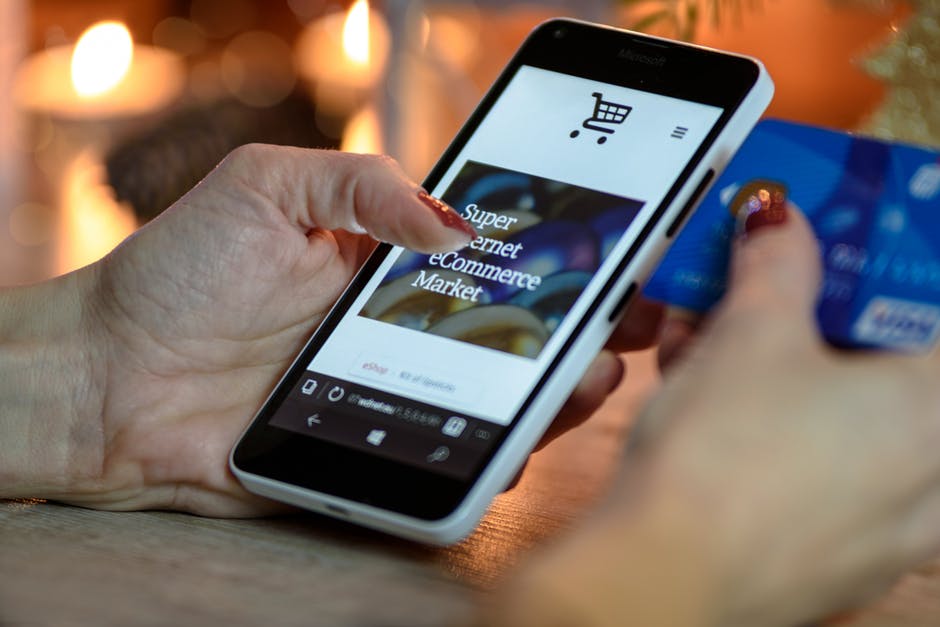Mobile accounted for 94% of the year-over-year traffic increase, according to the recent Demandware Shopping Index.
The penetration of the smartphones into their daily life has changed the way the millennial generation lives and shops. Here is a picture of the stakes involved.
There are roughly 80 million millennials in the United States alone and the penetration of the smartphone is currently at 61% and continues to grow exponentially. Studies have also revealed that
Mobile accounted for 74% of the increase in shopping basket creation and almost half (47%) of the growth in orders.
The Millennials that we address here are the young adults in the age bracket of 20’s to 30’s. They are the ones that eat, sleep, walk, and live with their Internet-connected smartphones in their hands. Everything that they need to do is one way or the other integrated into their phones, whether it is work or shopping.
According to Forbes Magazine, these are the people who’re behavior brands need to take note of since they will impact the trends of next several decades to come. The “one size fits all approach” does not work with this generation. Technology has given them the upper hand and they have their preferences set. Studies reveal that this generation has varied preferences on how they want to receive information particularly when they are shopping.
Research shows, Millennials want to see offers when they are buying. They want to see the various offers available on the products that they are buying at the point and moment of consideration. Whether they purchase offline or online, they seek out offer codes, promotions or discounts just before making a purchase. If they can’t find one at the point of purchase, they often turn to their mobile phone to search for product-related offers.
It’s not uncommon for today’s shoppers to search coupon sites or deal sites before making a purchase whether it’s a more expensive electronic product or something as simple as a box of cereal. Research also shows they welcome push notifications to their mobile when it comes to receiving relevant offers and promotions while they are shopping. iBeacon trials have been an area of interest for many brands and allow brands to push product-related offers to consumer smartphones as they come within proximity to the products or shelf area where the products are placed. However, they reject spam, most push marketing when the messages are pushed at times when they are not considering a product or out of content offers.
While we discuss the facts that influence their buying patterns, there are also some myths that need to be addressed.
MYTH #1: IT’S ALL ABOUT ONLINE SHOPPING
TRUTH: Yes, this generation is more open to the idea buying online. They are also more open to the idea of using apps and other platforms to indulge in their shopping whims. This does not mean that they have completely forgotten the brick and mortar stores. Contrary to the popular belief that they are doing most of their buying online, this generation still prefers to see, touch and feel the items they are buying when the option is presented to them. If their purchase is made online, having complete product details and information that they can trust to make their decision is paramount.
What they rely on the internet for gaining information about these products especially discounts and sales related information. When it comes to shopping what they demand is the integration of all the channels present for a seamless experience. That in effect translates to the consistent information from the product packaging, labeling, online listings, social media, review sites, search results, apps, multiple devices or wherever they choose to locate their product information.
MYTH #2: LOYALTY IS LOST
TRUTH: The major concern that any brand or marketer has about the millennial today is the lack of their loyalty.The fact, however, is that when a millennial feels like he or she is being treated right, their loyalty is unquestionable and unwavering. When they feel like the shopping experience has been tailored just for them and their value customers is apparent, they will back every single time.
The data and statistics above make it apparent that the millennials are never separated from their phones even when they are out shopping or doing anything else. What they demand information to be made easily available when they are looking for it, no matter where they are. As a brand, providing data about your products digitally to consumers who need it to make decisions becomes imperative. Accurate information about the product has to be a click, tap, or scan away and the information must come straight from a reliable source and no one is positioned to offer that better than the brand/manufacturer themselves.
This information needs to contain all the details about the offers and discounts available on the product and for what period. This information also needs to be consistent on all channels whether they look you up on their smartphones, personal computers, or at the store itself. Send information about the offers on their phones when they walk into a store. The odds that they will avail these offers when received in real time are much higher. Creating this kind an experience is all about presenting the right kind of offers at the right time.



